England's most deprived areas named as Jaywick and Blackpool
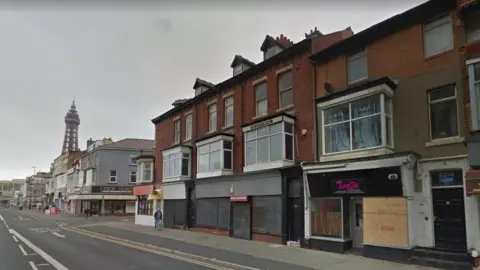 Google
GoogleEight of the 10 most deprived neighbourhoods in England are in Blackpool, according to new statistics.
Seaside village Jaywick, in Essex, has been named the most deprived area overall for the third time in a row since 2010.
Blackpool took the next eight slots while Middlesbrough had the largest share of the most deprived areas.
Government officials ranked 32,844 neighbourhoods.
The Ministry of Housing, Communities and Local Government (MHCLG) looked at levels of income, employment, education, health and crime as well as housing services and living environment.
Jaywick in Essex, near Clacton-on-Sea, was previously found to be the most deprived in the last two reports in 2010 and 2015.
The village, partly made up of a former holiday park, has been visited by the UN special rapporteur for extreme poverty during a fact-finding mission to the UK.
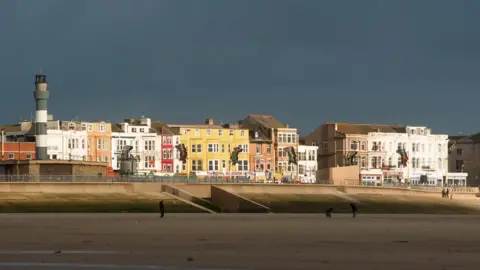 Getty Images
Getty ImagesAmong the top 10 individual neighbourhoods for deprivation, Blackpool had eight of them.
They include people living on estates just behind its Promenade.
 Getty Images
Getty ImagesBlackpool Pride of Place Partnership - made up of local businesses like Merlin Entertainment, which runs Blackpool Tower, the town's council and other public bodies and voluntary groups - said it recognises "there are no quick fixes" to the resort's problems.
Paul Smith from the group said: "We have set out a vision for Blackpool in 2030 that seeks to resolve the town's housing problems, educational outcomes and health challenges with long-term sustainable change.
"While we welcome funding such as the recently announced Stronger Towns Fund or Future High Streets Fund, what Blackpool really needs is a long-term strategic relationship with central government to solve the unique problems that have led to deprivation on this scale."
The tenth most deprived neighbourhood was Anfield in Liverpool.
A number of London boroughs have seen decreases in the proportion of their neighbourhoods that are highly deprived, according to the government, particularly in Tower Hamlets and Westminster.
The least deprived area of England is a neighbourhood nestled in the Chiltern Hills near Amersham, Buckinghamshire.
Lancaster Gate in Westminster saw the biggest improvement in its ranking since the figures were last updated in 2015.
It is now ranked 26,491 out of 32,844 neighbourhoods, compared with 12,101 four years ago.
Seven of the 10 neighbourhoods to have seen the biggest improvement were in London. Kingsway in Gloucester, the Whitehall Road area of Leeds and Liverpool city centre were also among the biggest improvers.

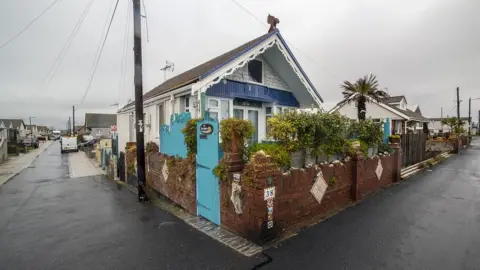
'I love where I live'
To Dan Casey, Jaywick is a beautiful coastline and a community of people he loves to talk to.
Yet the 80-year-old, who sits as an independent on Tendring Council, is fed up that for the third time in a row his neighbourhood is ranked the most deprived in England.
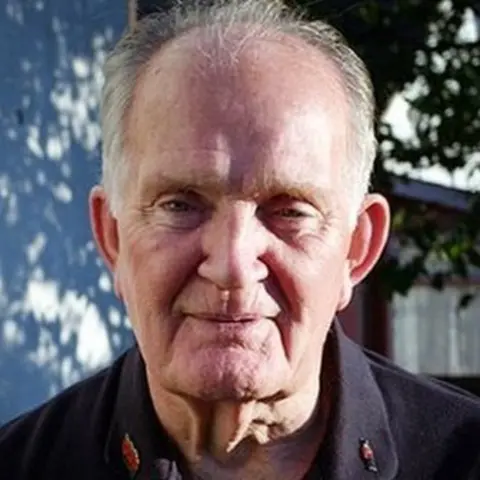
"Something has to change or we will be here again in another few years," he said. "It needs investment to bring in jobs.
"The biggest problem here is too many people are relying on benefits."
The latest data shows 57% of people in Jaywick are living in "income deprivation", meaning they are either not earning money or earning so little they have to have benefits to support them.
He said the economy has suffered ever since Butlin's closed its holiday camp in 1983.
"We've still got a stunning coastline," Mr Casey said. "It's something we have to offer that a lot of other places don't. I was walking here recently, looking out and thinking it's gorgeous.
"I wouldn't want to live anywhere else. I love my home and I love the people."

All of the local authorities with the highest proportion of deprived neighbourhoods are in the north - Middlesbrough, Knowsley, Hull, Liverpool and Manchester.


Middlesbrough mayor Andy Preston said: "The challenges we face are really big and difficult to overcome, but we have big plans that will deliver real progress.
"Within the next three weeks we will be announcing game-changing developments that will help to deliver the economic growth that has been missing for decades."
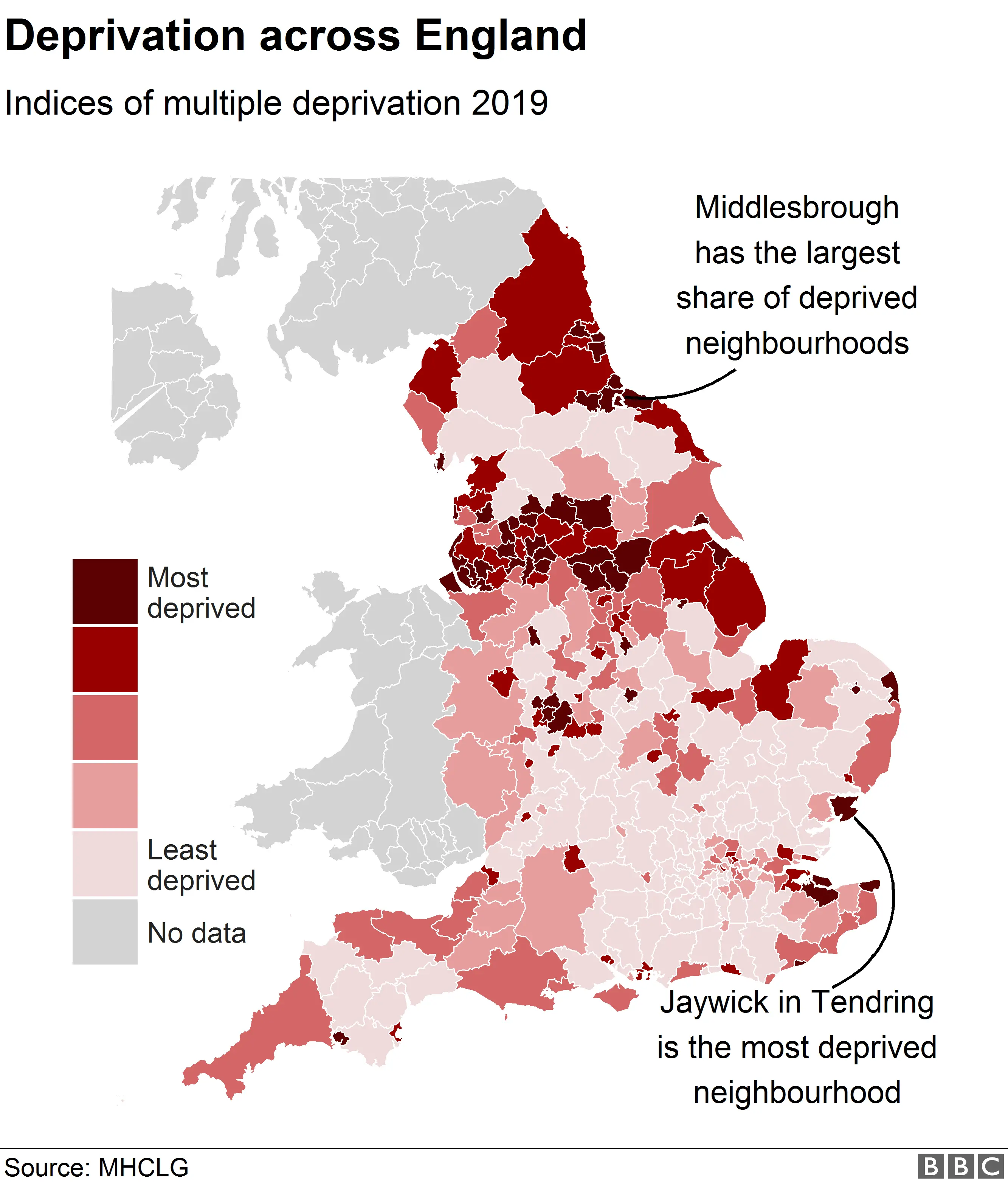

A government spokesman said: "The government is committed to levelling across the country and with unemployment levels continuing to fall and wages rising at their fastest in over a decade, we're committed to supporting families with their cost of living.
"We're providing more support to the most deprived authorities, which now have a spending power 16% higher per home than the least deprived."

Your questions answered
We asked you what you wanted to know about this story. Here are some of the most popular questions:
How is deprivation measured?
Each neighbourhood gets a score based on seven different measures.
Income deprivation is one of the main ones.
It looks at the proportion of the population that is either out of work, or earning a low wage and receiving benefits.
Employment deprivation takes account of the working-age population that is out of work.
This could be due to unemployment, sickness or disability, or caring responsibilities.
The government also looks at the risk of premature death, whether there is a lack of skills, housing availability and the "living environment".
The last measure looks at things from quality of housing to air quality and road traffic accidents.
Overall figures do not show whether things are getting better or worse, just how a neighbourhood compares to others around the country.
If a neighbourhood has moved down the rankings, it could mean that the area has become less deprived.
However, it could also mean not much has changed for that place, but somewhere else has become more deprived.
Why are the majority all in the north of England?
In an accompanying report, MHCLG said the study revealed "concentrations of deprivation in large urban conurbations, areas that have historically had large heavy industry manufacturing and/or mining sectors (such as Birmingham, Nottingham, Hartlepool), coastal towns (such as Blackpool or Hastings), and parts of east London".
"There are also pockets of deprivation surrounded by less deprived places in every region of England," it said.
How large are the areas being counted as deprived?
The government divides England up into neighbourhoods with a similar population size so that they can be compared with one another.
They have an average of about 1,500 residents or 650 households each.
